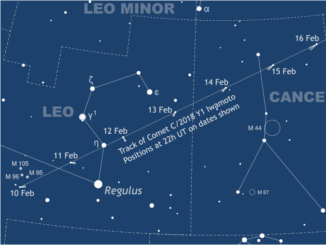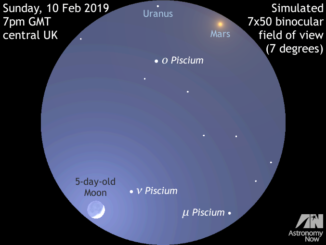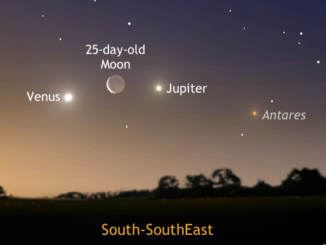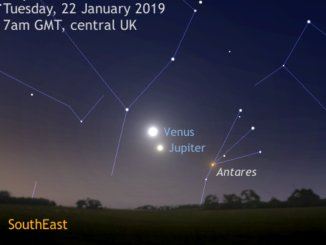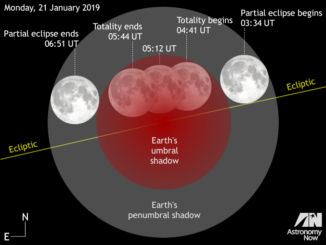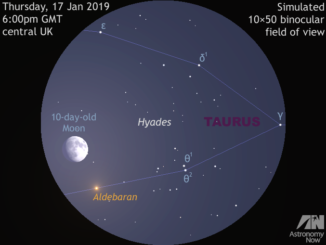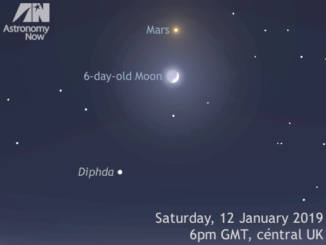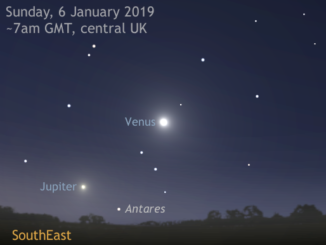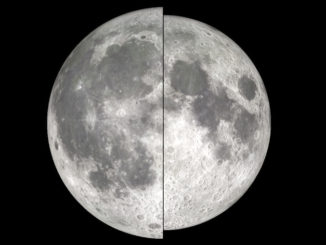
Don’t miss the largest Supermoon of 2019 on 19 February
If skies are clear at dusk in Western Europe and the UK on Tuesday, 19 February, be sure to glance up at the full Moon in the constellation of Leo. If the lunar orb seems a bit larger than usual then you’d be right, for this is the closest full Moon of 2019. Since it occurs just 6¾ hours after lunar perigee, it’s also a supermoon. And if it’s cloudy, you can watch online!

